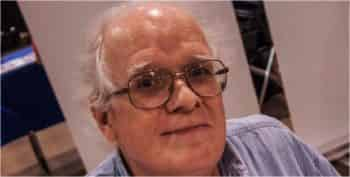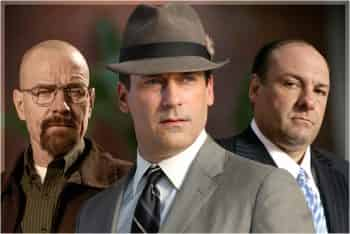
John Ostrander
Characters live through their choices
John Ostrander discusses the issue of writing stories, and posits what he calls Newton’s First Law of Plot. Here’s a long quote from this great piece.
“What is important is not what the character says (or anybody else says about them); it’s what they do. It’s what they choose to do. Their choices define them. […] How do we determine what a given character will do in any given situation? It depends on their motivation. It’s not simply what they want; it’s what they need. It’s not just what they desire; it‘s what they lust for. […] We want something that will drive a character to action and that’s not always easy. Newton’s First Law of Motion states that a body at rest will remain at rest unless an outside force acts upon it, and a body in motion at a constant velocity will remain in motion in a straight line unless acted upon by an outside force. That’s true in a narrative as well. Maybe we’ll call it Newton’s first law of plot.” (“John Ostrander’s Writing Class: Newton’s First Law of Plot,” http://www.comicmix.com, March 29, 2015).
This brings us to an observation made by Darren about James Bond: “Ian Fleming originally constructed James Bond as a one-dimensional cypher, not too far removed from the original version of Sherlock Holmes who appeared in the works of Sir Arthur Conan Doyle. Characterisation was often inferred by the reader rather than explicitly articulated by the writer. A lot of what made Sean Connery or Roger Moore’s take on the character so fascinating existing as subtext rather than text.” (“Non-Review Review: Spectre,” https://them0vieblog.com, October 24, 2015). So, while Ian Flemming made his hero into a blank slate, his novels were still successful. This can be justified by Ostrander’s idea of motion, mentioned earlier.
One could argue that this option is valid only in action stories, but we see another facet of the idea of choice, which we’ve already mentioned: consequences. For instance, take a look at Vikram Murthi’s analysis of Don Draper: “[Don Draper]’s neither a murderer nor a psychopath, but he also doesn’t share the same motivations and desires with other antiheroes. He’s not on a quest for power or dominance, he doesn’t strive to destroy his enemies, and most importantly, he’s not beyond redemption. While Tony [Soprano] was the devil who lived next door and Walter [White] was the criminal mastermind disguised as your science teacher, Don is a socially sanctioned confidence man hiding his broken interior with a suit. He doesn’t exist on a good-bad continuum. He’s simply a man who wears many masks. […]Mad Men is one of the all-time great shows about self-destructive behavior and the toxic cycles someone falls into when they believe they don’t deserve anything better.” (“Don Draper is No Antihero,” http://www.avclub.com, March 30, 2015). Don is continually making choices—often bad ones—and a fair share of the TV series is built around his ability, or not, to come to terms with them. Therefore, the motion that Ostrander is talking about doesn’t necessarily only apply to superhuman actions.




